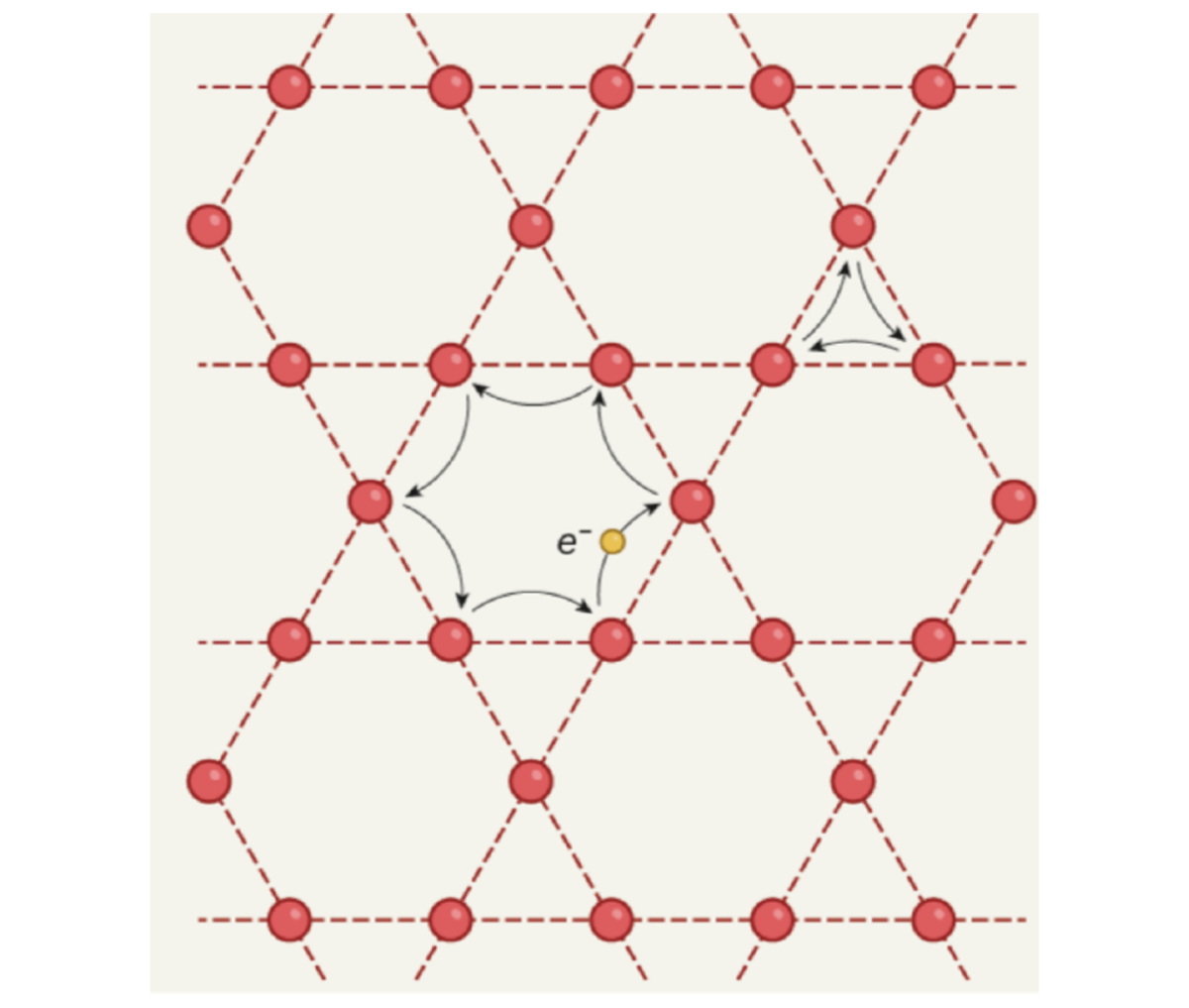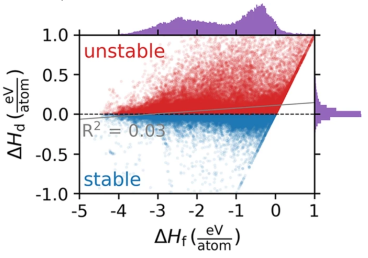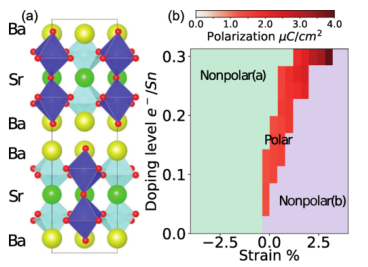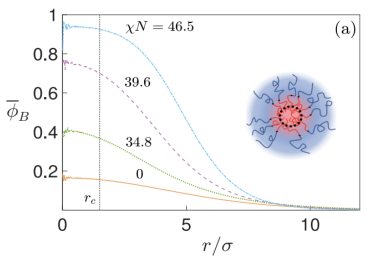Materials Theory
Eight CEMS research groups primarily focus on materials theory with their interest spanning different types of problems including soft matter, polymers, crystalline materials, and their defects. These CEMS research groups use a variety of analytical approaches, computational simulations, and novel data science tools to design and discover new materials in addition to explaining the experimental observations and materials phenomena. The theoretical research performed is fundamentally interdisciplinary and collaborative with strong connections to different disciplines including physics, chemistry, and computer science. Collaborations with experimental research groups in CEMS and other departments is an essential part of the CEMS materials theory groups, and iterative collaborative loops are established and supported with the help of multiple materials research centers present on the University of Minnesota campus. The efforts of theorists is supported by both federal funding agencies and multiple industrial supporters.
Quantum & Electronic Materials

A large number of technological applications are enabled by the quantum nature of electrons, and utilize a wide range of exotic phenomena such as band insulating phases for semiconductors and unconventional superconductivity for high field electromagnets. Quantum mechanical simulations have historically been an important tool in understanding the underlying principles of and predicting new materials that host interesting electronic phenomena. In CEMS, research groups employ both density functional theory (the workhorse of first principles materials science) and dynamical mean field theory (the state-of-the-art method to study correlated electronic systems) to establish structure-property relations in electronic materials. Cutting-edge machine learning and data science tools are also implemented to go beyond what the first principles approaches can.
Related Faculty and Research Groups:
Materials for Catalysis & Electrochemistry

Heterogeneous catalytic systems are essential to ensuring a sustainable future and decrease the production cost of fuels, chemicals and materials. First principles quantum mechanical methods, including density functional theory, provide tremendous opportunities in exploring the materials landscape to predict new catalyst materials, as well as to elucidate the mechanisms and structure-property relationships of existing materials. The catalysis-related problems studied by the CEMS researchers include the sustainable conversion of biorenewables to fuels and chemicals, electrocatalysis for fuel cells and energy conversion devices, and the use of ferroelectric oxides as catalyst support for tunable catalysis.
Related Faculty and Research Groups:
Soft Matter Theory

Soft matter includes polymers, surfactants, colloids, complex fluids, and a wide range of other materials that continue to be in the focus of intense research interest in addition to being the backbone of billion dollar industries. The soft matter theory groups in CEMS perform computations using a wide range of different methods (e.g. analytical statistical mechanics, numerical self-consistent field theory, molecular dynamics), and develop fundamental understanding in addition to working closely in collaboration with experimental groups to perform simulations that explain experimental observations. Systems most commonly studied are block polymers (with a focus to understand and predict their self-assembly into novel ordered states), micellar surfactant solutions, and DNA manipulation and organization in microfluidic devices and bacteria.
Related Faculty and Research Groups:
Solid-State Chemistry, Crystallography, & Crystal Growth

In crystalline materials, macroscopic numbers of atoms self-organize to form ordered structures. Multiple research groups in CEMS use theoretical crystallography and solid-state chemistry to analyze crystal structures, and to elucidate the driving forces behind the formation of different motifs. The role of imperfections in crystals -the so-called defects- that give rise to useful properties are also an active area of research, where the point and extended defects' formation and effects are studied. The process of crystallization and crystal growth is also a focus of CEMS researchers, and is studied using a unique combination of concepts from materials science and chemical engineering.
Related Faculty and Research Groups:
Relevant Collaborative Partners and Core Facilities
The computational work performed by materials theorists at CEMS heavily relies on the computer clusters hosted by the Minnesota Supercomputing Institute (MSI). MSI currently has an IT raised floor surface of approximately 3700 sq.ft. and over 1 MW of available power, and it hosts three computing clusters with more than 70.000 CPU cores. Additionally, many CEMS materials theorists are members of the University of Minnesota Materials Research Science and Engineering Center (MRSEC), and the Center for Quantum Materials (CQM), and regularly collaborate with the experimentalists in these centers. The College of Science and Engineering Data Science Initiative and IPRIME also have CEMS faculty as affiliates.
Major Funding Sources
Selected Publications
+
Review of computational approaches to predict the thermodynamic stability of inorganic solids

Improvements in the availability of open materials databases have transformed the accessibility of computational materials design approaches. This article reviews the fundamentals of calculating thermodynamic stability using first-principles methods, which plays a central role in such databases, and prediction of new materials. Read More...
Related Faculty: Chris Bartel
+
Free carrier induced ferroelectricity in layered perovskites

Ferroelectrics are materials which have a spontaneous macroscopic electric dipole moment that can be flipped by the application of an external electric field. Even though ferroelectricity is considered to be at odds with the presence of free electrons in a material, this study shows that it is possible that the introduction of such carriers via doping can induce ferroelectricity. Read More...
Related Faculty: Turan Birol
+
Identifying a critical micelle temperature in simulations of disordered asymmetric diblock copolymer melts.

Experiments on asymmetric diblock copolymers at temperatures slightly above the order-disorder transition temperature indicate the existence of a dense fluid of micelles. Using molecular dynamics simulations, CEMS researchers identified a higher critical micelle temperature below which micelles appear. Read More...
Related Faculty: Kevin Dorfman, David Morse




